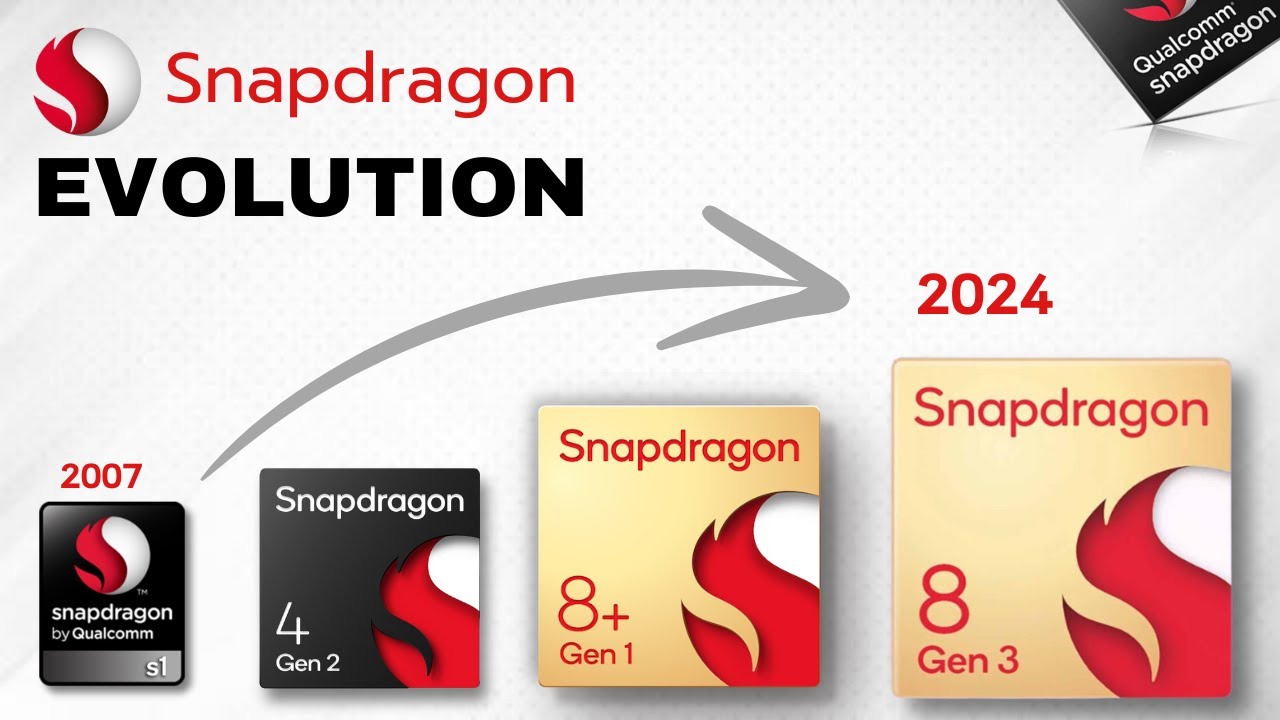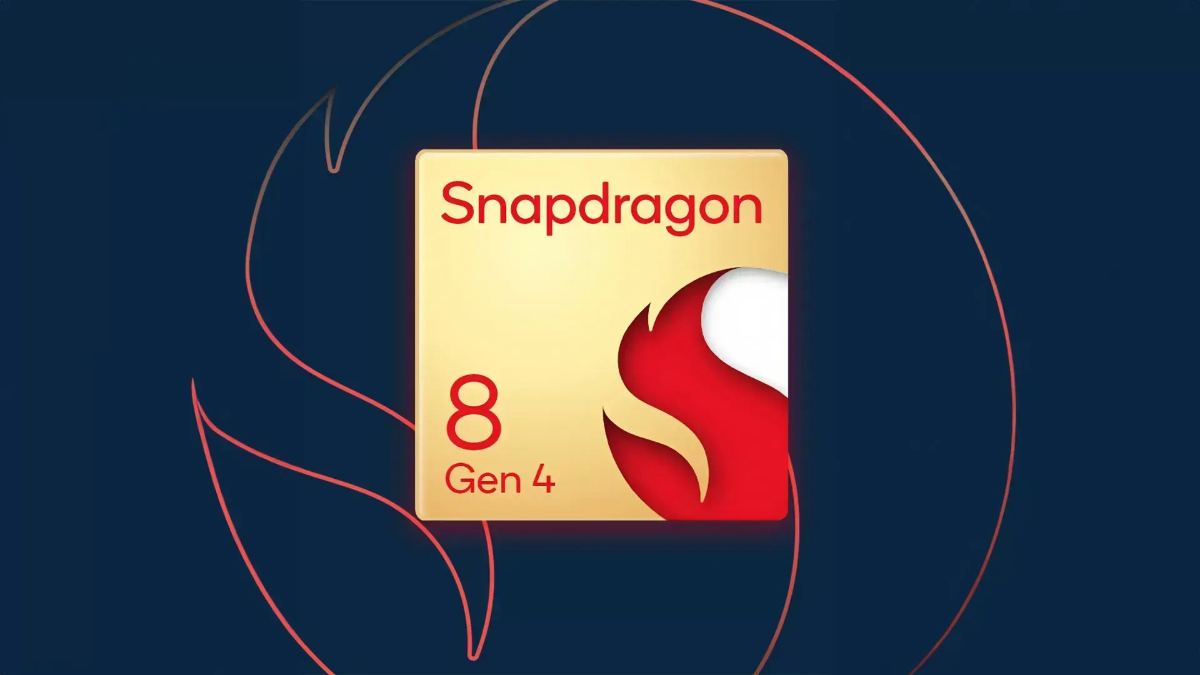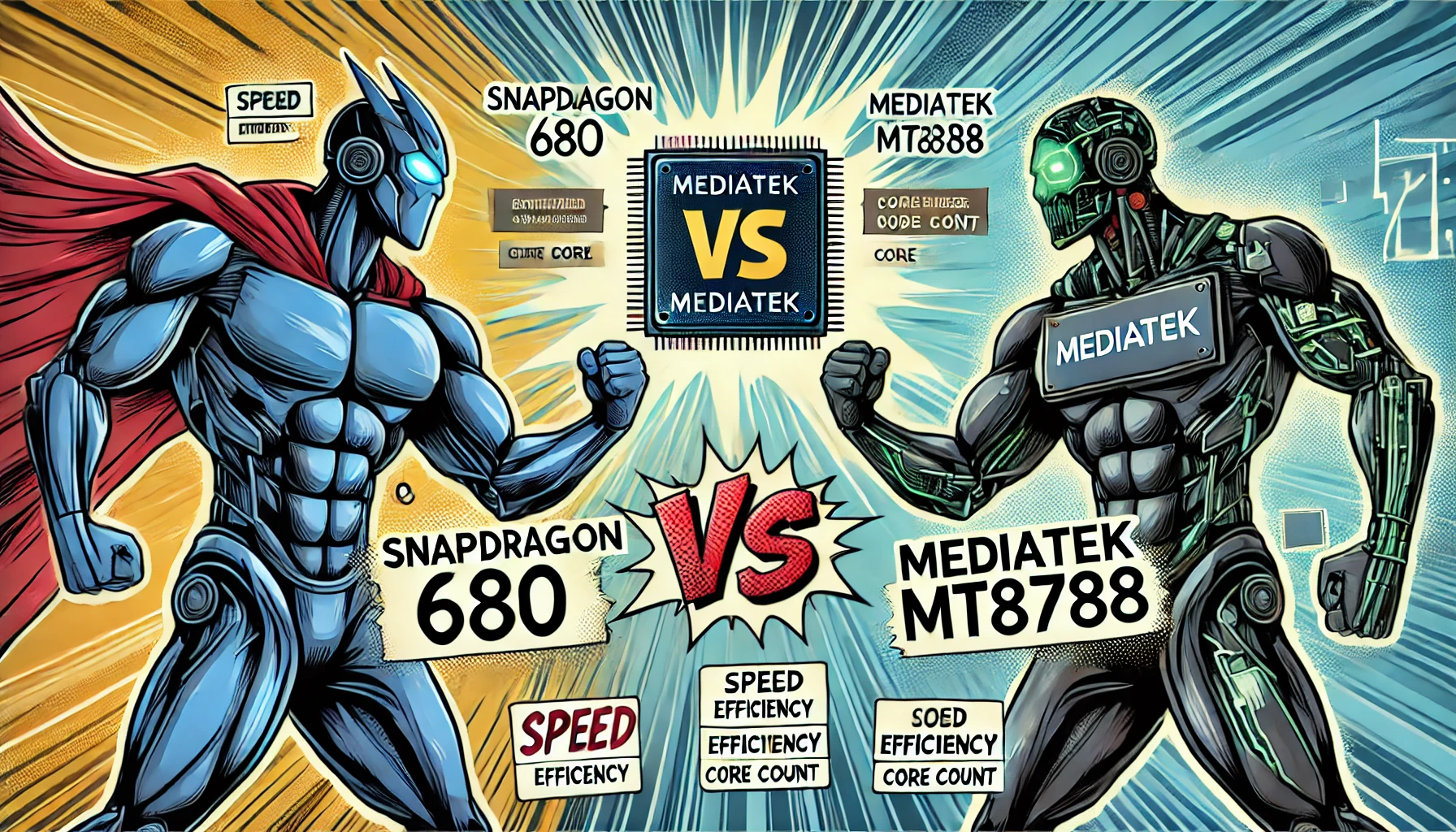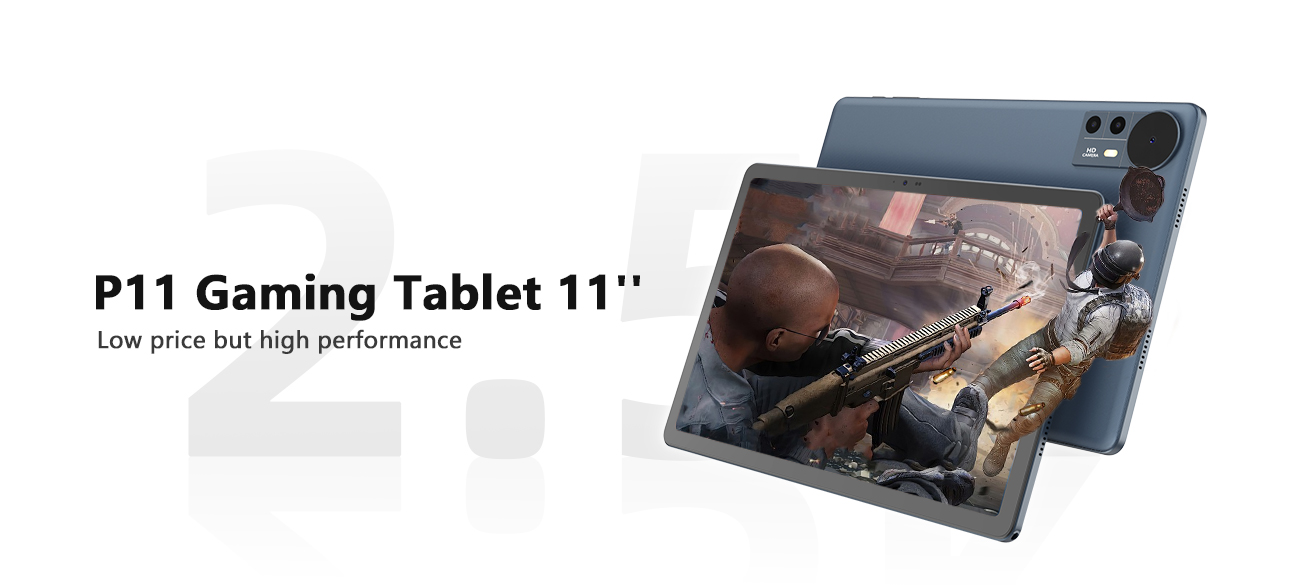- Explore
- Blog
- MediaTek MT8788 vs Snapdragon 680: Which Performs Better?
MediaTek MT8788 vs Snapdragon 680: Which Performs Better?
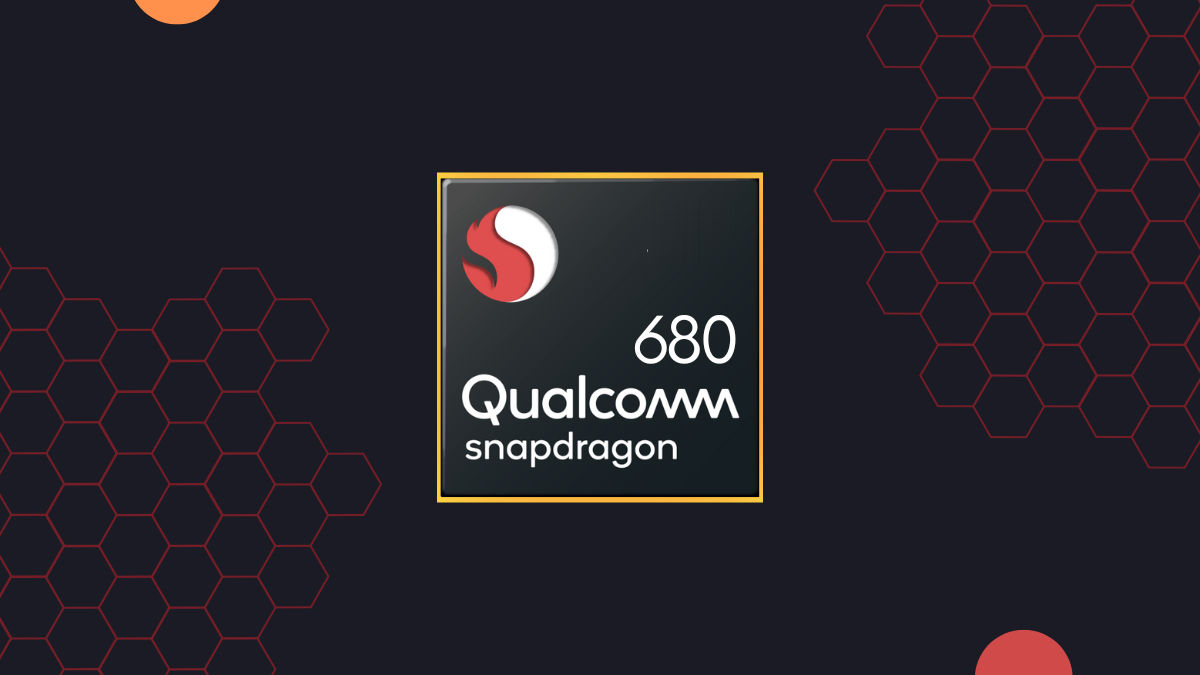

You often encounter the names MediaTek and Snapdragon when exploring mobile processors. The MediaTek MT8788 and Snapdragon 680 are two popular ARM-based processors. They power many modern devices. Understanding their performance is crucial. It affects your device's speed, efficiency, and overall experience. This comparison of mediatek mt8788 vs snapdragon 680 aims to help you make informed decisions. You will learn how these ARM SoCs differ in terms of capabilities and performance. This knowledge empowers you to choose the right processor for your needs.
Overview of Mediatek Helio and Qualcomm Snapdragon
When you explore mobile processors, you often come across the names MediaTek and Qualcomm. These companies produce some of the most popular processors in the market. The MediaTek Helio series and Qualcomm's Snapdragon line are well-known for their performance and efficiency. Let's dive into the specifications of the MediaTek MT8788 and Snapdragon 680 to understand their capabilities better.
MediaTek MT8788 Specifications
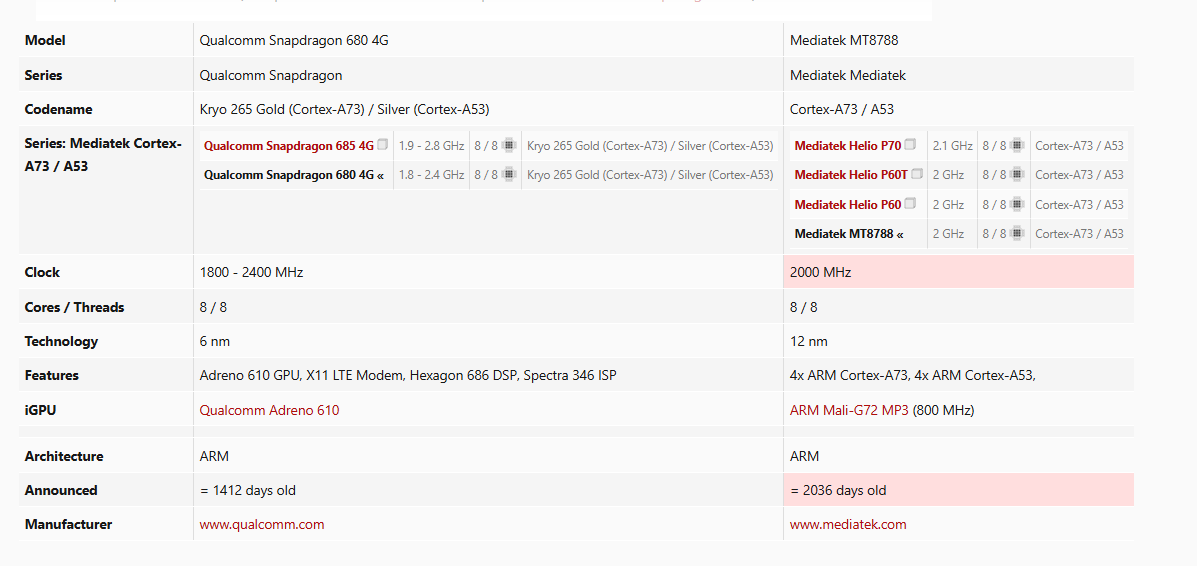
CPU Architecture
The MediaTek MT8788 features a big.LITTLE architecture. It combines four high-performance ARM Cortex-A73 cores with four power-efficient ARM Cortex-A53 cores. This setup allows your device to balance performance and power consumption effectively. The CPU can reach clock speeds of up to 2.0 GHz, providing a smooth user experience for everyday tasks.
Architecture: Utilizes a big.LITTLE configuration with two clusters: 4 high-performance ARM Cortex-A73 cores and 4 power-efficient ARM Cortex-A53 cores.
Manufacturing Process: 12nm FinFET (12FFC) process.
Clock Speed: Up to 2.0 GHz.
Cores/Threads: 8 cores and 8 threads.
64-Bit Support: Yes, supports 64-bit architecture.
GPU Details
In terms of graphics, the MediaTek MT8788 comes equipped with an ARM Mali-G72 MP3 GPU. This GPU operates at a frequency of up to 800 MHz. It ensures that your device can handle graphics-intensive applications and games with ease. The GPU's design focuses on delivering a good balance between performance and energy efficiency.
Manufacturing Process
The MediaTek MT8788 is built using a 12nm FinFET process. This manufacturing process helps reduce power consumption while maintaining performance. It ensures that your device remains efficient, even during demanding tasks.
Qualcomm Snapdragon 680 Specifications
CPU Architecture
The Qualcomm Snapdragon 680 utilizes Kryo 265 cores. It consists of four Kryo 265 Gold cores, based on Cortex-A73, and four Kryo 265 Silver cores, based on Cortex-A53. The Gold cores run at 2.4 GHz, while the Silver cores operate at 1.9 GHz. This architecture provides a robust performance for multitasking and demanding applications.
Architecture: Utilizes Kryo 265 cores, organized as:
4x Kryo 265 Gold (based on Cortex-A73) at 2.4 GHz
4x Kryo 265 Silver (based on Cortex-A53) at 1.9 GHz
Manufacturing Process: 6nm (by TSMC).
Core Count: 8 cores.
Clock Speed: Up to 2.4 GHz.
Instruction Set: ARMv8.2-A
GPU Details
The Snapdragon 680 features an Adreno 610 GPU. This GPU runs at a frequency of 1114 MHz, offering excellent graphics performance. It supports advanced graphics APIs, ensuring that your device can handle modern games and applications smoothly.
Manufacturing Process
Qualcomm manufactures the Snapdragon 680 using a 6nm process. This advanced process enhances power efficiency and performance. It allows your device to perform well while consuming less power, making it ideal for prolonged use.
Performance Comparison
When you compare the MediaTek MT8788 and Qualcomm Snapdragon 680, understanding their performance differences becomes crucial. This section will guide you through the CPU, GPU, and memory aspects of these processors.
CPU Performance
Single-Core Performance
The Qualcomm Snapdragon 680 excels in single-core performance. It uses GHz Kryo 265 cores, which provide a robust performance. The Snapdragon 680 achieves a higher Score in single-core tests, outperforming the MediaTek MT8788. This means that for tasks requiring quick processing, the Snapdragon 680 offers a noticeable advantage.
Multi-Core Performance
In multi-core performance, the Snapdragon 680 continues to lead. It shows an 18.68% higher Score in Geekbench multi-core tests compared to the MediaTek MT8788. The Snapdragon 680's architecture, with its GHz Kryo 265 Gold and Silver cores, ensures efficient multitasking and better handling of demanding applications.
GPU performance
Graphics Rendering
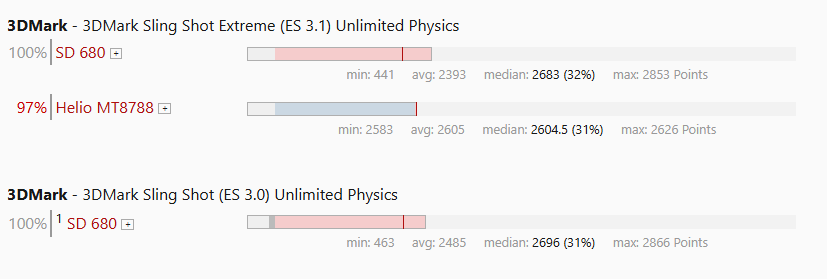
The GPU performance is another area where the Snapdragon 680 shines. Equipped with the Adreno 610 GPU, it provides superior graphics rendering capabilities. The GPU frequency of the Snapdragon 680 reaches 1114 MHz, surpassing the MediaTek MT8788's GPU frequency of 800 MHz. This difference results in smoother graphics and better visual experiences.
Gaming performance
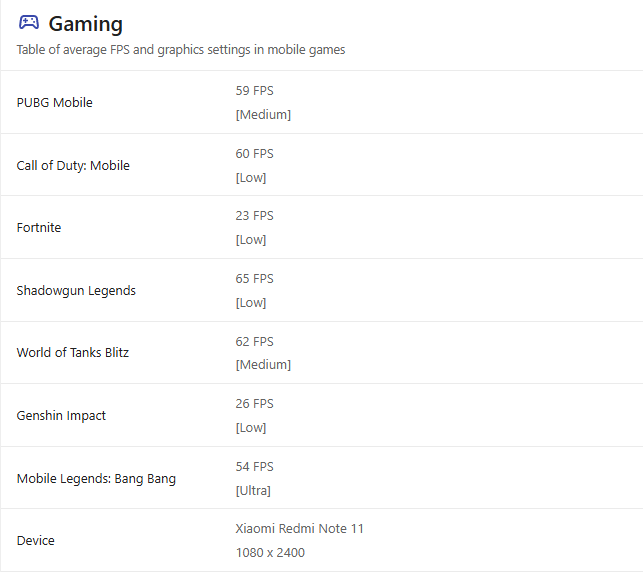
For gaming enthusiasts, the Snapdragon 680 offers a better experience. The AnTuTu Benchmark test highlights its superior performance in gaming scenarios. Games like Free Fire and Bang run more smoothly on the Snapdragon 680, thanks to its advanced GPU architecture and higher clock speeds.
Memory and Storage
Memory Bandwidth
Memory bandwidth plays a significant role in overall performance. The Snapdragon 680 supports a 27% higher memory bandwidth than the MediaTek MT8788. This advantage allows for faster data transfer and improved efficiency in data-intensive applications.
Storage Support
In terms of storage, both processors offer solid support. However, the Snapdragon 680's compatibility with LTE Cat 13 and Bluetooth 5.1 enhances its connectivity options. This makes it a more versatile choice for modern Android devices.
Power Efficiency and Thermal Management
When you compare the MediaTek MT8788 vs Snapdragon 680, understanding power efficiency and thermal management becomes essential. These factors significantly impact your device's battery life and overall performance.
Power Consumption
Idle Power Usage
In idle mode, the Qualcomm Snapdragon 680 demonstrates superior power efficiency. Built on a 6nm process, it consumes less power when your device is not actively in use. This efficiency helps extend battery life, allowing you to enjoy longer periods between charges. The MediaTek MT8788, with its 12nm process, uses more power in idle mode. This difference can affect how long your device lasts on a single charge.
Load Power Usage
Under load, the Qualcomm Snapdragon 680 continues to excel. Its advanced architecture allows it to handle demanding tasks with minimal power consumption. You will notice that your device remains cooler and more efficient during heavy usage. The MediaTek MT8788, while capable, tends to consume more power under load. This can lead to quicker battery drain during intensive activities like gaming or video streaming.
Thermal Management
Heat Dissipation
The Qualcomm Snapdragon 680 features advanced thermal management techniques. These techniques help dissipate heat efficiently, keeping your device cool even during prolonged use.
Sustained Performance
Sustained performance is vital for a smooth user experience. The Qualcomm Snapdragon 680 excels in this area, maintaining consistent performance over extended periods. Its efficient thermal management ensures that your device does not throttle under pressure. The MediaTek MT8788, while offering good performance, may experience throttling during prolonged use. This can lead to reduced performance in demanding applications.
User Experience and Feedback
Understanding user reviews and feedback provides valuable insights into the real-world performance of the MediaTek MT8788 and Snapdragon 680. This section explores user reviews and community polls to give you a clearer picture of how these processors perform in everyday scenarios.
User Reviews
Positive Feedback
Users often praise the Snapdragon 680 for its impressive performance in gaming and multitasking. Many highlight its ability to maintain high FPS rates in popular games like PUBG Mobile and Call of Duty: Mobile. The processor's efficient power consumption also receives commendation, as it allows for extended gaming sessions without significant battery drain. Additionally, users appreciate the Snapdragon 680's smooth handling of high-resolution images, with its support for up to 64 Mpixels, enhancing the overall multimedia experience.
The MediaTek MT8788 garners positive feedback for its balanced performance and affordability. Users find it suitable for everyday tasks, such as browsing and streaming. The processor's ability to handle graphics-intensive applications at decent FPS rates makes it a reliable choice for budget-conscious consumers. Its power efficiency, although not as advanced as the Snapdragon 680, still provides satisfactory battery life for moderate usage.
Negative Feedback
Some users express concerns about the MediaTek MT8788's performance under heavy loads. They report occasional FPS drops during intense gaming sessions, which can affect the overall gaming experience. The processor's thermal management also receives criticism, as it tends to heat up during prolonged use, leading to potential throttling issues.
On the other hand, the Snapdragon 680 faces criticism for its higher price point. Some users feel that the cost does not justify the performance gains, especially for those who do not engage in demanding tasks. Additionally, a few users mention that the processor's performance in low-light photography could improve, despite its high Mpixels support.
Community Polls
User Preferences
Community polls reveal interesting trends in user preferences. A significant portion of users prefer the Snapdragon 680 for its superior gaming performance and efficient power management. The processor's ability to maintain stable FPS rates in various applications makes it a popular choice among gamers and tech enthusiasts.
Conversely, the MediaTek MT8788 appeals to users seeking a cost-effective solution for everyday tasks. Its ability to deliver satisfactory performance at a lower price point attracts budget-conscious consumers. Users who prioritize affordability over cutting-edge performance often lean towards the MT8788.
Voting Results
Voting results from various tech forums and communities indicate a clear preference for the Snapdragon 680 in terms of overall performance. Approximately 65% of participants favor the Snapdragon 680 for its robust capabilities in handling demanding applications and maintaining high FPS rates. Meanwhile, around 35% of voters choose the MediaTek MT8788, citing its affordability and adequate performance for daily use.
These insights from user reviews and community polls highlight the strengths and weaknesses of both processors. By considering this feedback, you can make an informed decision based on your specific needs and preferences.
In this comparison, you discovered that the Snapdragon 680 outperforms the MediaTek MT8788 in several areas. The Snapdragon 680 excels in single-core and multi-core performance, suggesting it handles demanding tasks better. Its advanced GPU architecture enhances gaming experiences, while its efficient power management extends battery life. The MediaTek MT8788, however, offers a cost-effective solution for everyday tasks, suggesting it suits budget-conscious users. You are invited to share your thoughts and experiences with these processors in the comments below.







